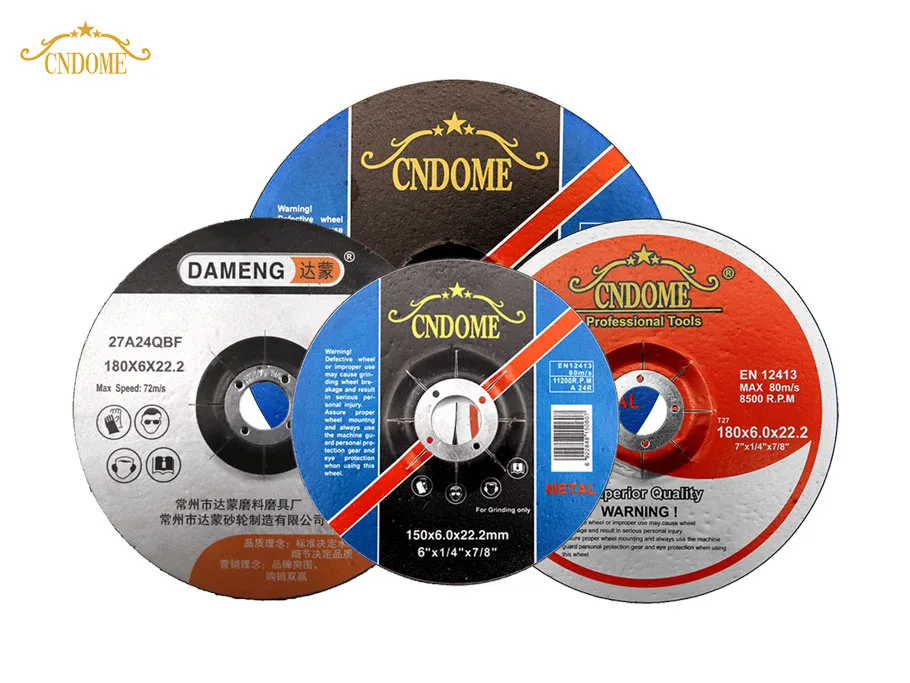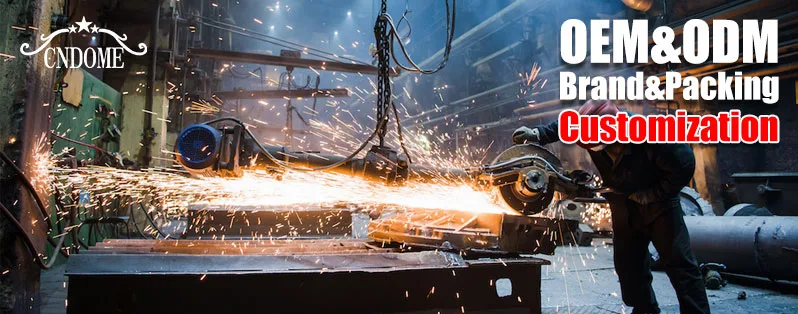In the world of grinding operations, achieving optimal precision and performance is crucial. One often overlooked factor that significantly impacts these aspects is grinding wheel balancing. In this blog post, we will explore the importance of grinding wheel balancing, its benefits, and the methods employed to achieve balance.

Understanding Grinding Wheel Imbalance:
Imbalance in grinding wheels can lead to various issues, including reduced accuracy, decreased productivity, compromised surface quality, increased wear on the wheel and machine, and potential safety hazards. Imbalanced wheels can cause excessive vibration, which affects the cutting action and overall performance of the grinding process.
The Benefits of Balancing Grinding Wheels:
a. Enhanced Precision: Balancing the grinding wheel ensures uniform distribution of mass, minimizing vibrations and improving the accuracy of the grinding operation. This leads to consistent part dimensions and surface finishes.
b. Improved Surface Quality: Balanced wheels result in smoother grinding, reducing surface defects and improving the overall quality of the workpiece.
c. Extended Wheel Life: Properly balanced wheels experience reduced wear and tear, leading to increased wheel life. This translates into cost savings by minimizing the frequency of wheel replacements.
d. Enhanced Safety: Balancing eliminates excessive vibrations, which can contribute to machine instability and pose safety risks for operators. A balanced wheel promotes a safer working environment.

Methods for Balancing Grinding Wheels:
a. Static Balancing: This method involves placing the grinding wheel on a balancing stand and identifying heavy spots. Weights are then added or removed to achieve balance. Static balancing is a basic technique suitable for general applications.
b. Dynamic Balancing: Employed for higher precision requirements, dynamic balancing involves mounting the grinding disc on a balancing machine equipped with sensors. The machine measures the imbalance and calculates the precise placement of compensating weights to achieve balance.
Balancing Frequency and Maintenance:
Grinding wheel balance should be regularly checked and maintained. Factors such as wheel wear, changing operating conditions, and machine maintenance can impact balance over time. Regular inspections and adjustments help ensure consistent performance and minimize issues associated with imbalance.
Importance of Professional Balancing:
While basic static balancing can be performed in-house, precision dynamic balancing is best carried out by professionals using specialized equipment. Professional balancing ensures accurate results, saves time, and guarantees the optimal performance of your grinding wheels.
Grinding wheel balancing is a critical aspect of achieving precision, productivity, and safety in grinding operations. By addressing imbalance, you can enhance accuracy, improve surface quality, extend wheel life, and create a safer working environment. Regular monitoring and maintenance of wheel balance, along with professional dynamic balancing when necessary, will help you maximize the benefits and optimize your grinding processes. Invest in balancing for superior grinding results!

